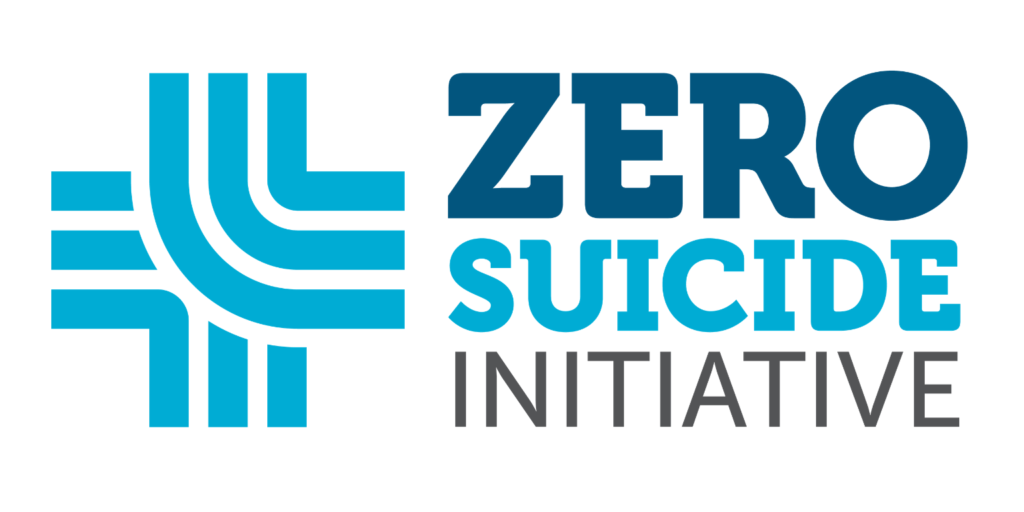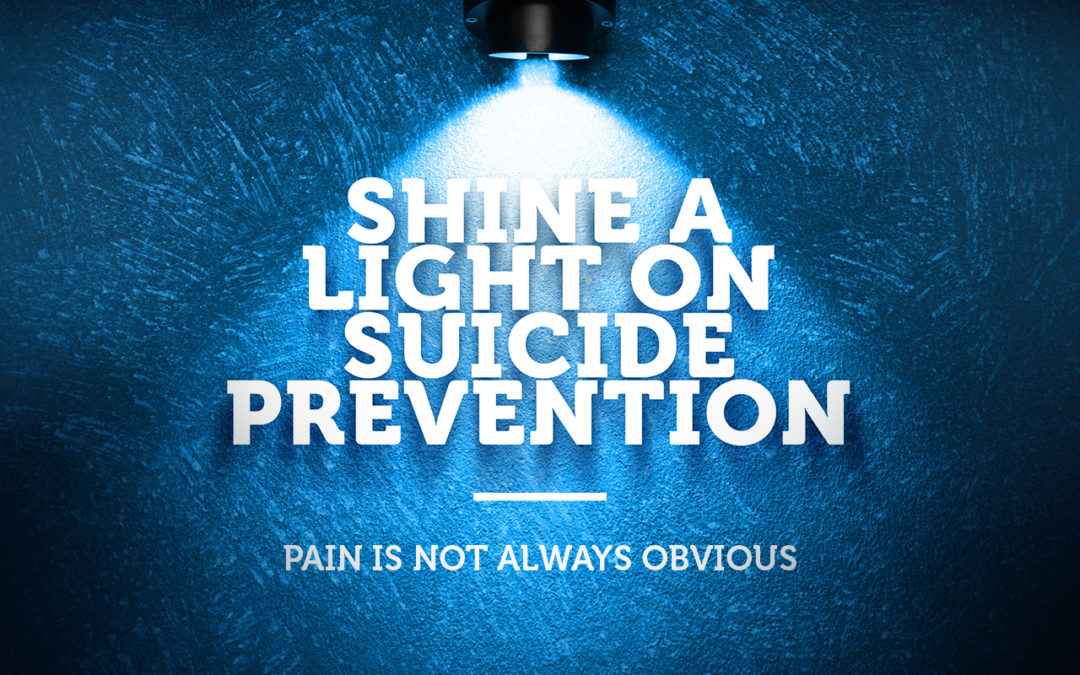September is Suicide Prevention Awareness Month!
Please join us this month, and every month, as we shine a light on suicide prevention.
It’s heartbreaking but in the United States, on average, 5 people an hour die by suicide. Across the incarcerated population in the United States, about 2 people per day die by suicide. That’s every hour, every day, every week.
- Close to 50% of people who commit suicide saw a medical provider in the 30 to 90-day period prior to their death
It takes all of us, working together, to reduce suicide rates in our communities. Surprisingly, some studies estimate that close to 50% of people who commit suicide saw a medical provider in the 30 to 90-day period prior to their death. This underscores the importance for ALL healthcare professionals to ask their patient’s about depression and thoughts of suicide. Each time we do, we show compassion and concern and give our patients an opportunity to ask for help.
- Watch and listen for “bad news”
One clear trend related to suicide attempts is the impact of negative news. People often react impulsively when they receive bad news. Checking on people around you after they’ve received bad news can help break barriers and encourage them to share the problems they are having. These important discussions can help determine the best next step or treatment plan to help people move through a challenging time successfully. Plus, they learn that asking for help is actually a vital coping skill. Asking for help at difficult times decreases the likelihood that suicide is seen as a viable option in the face of negative news.
- Be a “noticer” in your patients, team, family, friends and yourself
In 2016 the CDC found that occupations including corrections officers, healthcare professionals, and mental healthcare professionals all had suicide rates higher than the national average. This means we not only need to take care of our patients but also our colleagues and ourselves. On a regular basis, take a few moments and be a “noticer.” Look for the signs of increased risk for suicide in your patients, team, family, friends and yourself, and IF YOU SEE SOMETHING, DO SOMETHING.
- Ask “are you ok?”, then listen
If you are concerned, one of the most effective and simple things you can do is to take a few moments to talk to someone. In the videos listed in the resources section below, Kevin Hines, who survived a jump from the Golden Gate Bridge, urges to simply ask, “are you ok?” In addition, Kevin Berthia, who was talked off the same bridge, says the simple act of listening saved his life.
- Take action and get involved – afsp.donordrive.com
Help drive awareness and funding by participating in a walk to fight suicide. Find an “Out of the Darkness” awareness walk in your area at afsp.donordrive.com
Today, stop and take a few minutes to look around and look in the mirror. Let’s shine a light where there is darkness, and together we can make a difference.

Suicide Prevention Resources
National Suicide Prevention Lifeline (available 24 hours per day, every day)
-
- Call 1-800-273-8255
- Text “HOME” to 741741 if you are concerned about someone or yourself
- Online chat:https://suicidepreventionlifeline.org/chat/
Kevin Berthia – Talked off the Golden Gate Bridge
Here is Kevin Berthia’s keynote talk at TEDxUCDavisSF. Kevin talks about how we can impact people’s lives just by listening. He uses his own story about how someone just listening helped him stop himself from committing suicide.
Kevin Hines – Survived a jump off the Golden Gate Bridge
An incredible true story of Kevin Hines, who attempted suicide when he jumped from The Golden Gate Bridge in San Francisco. Share this powerful motivational speech with those who need it most.
